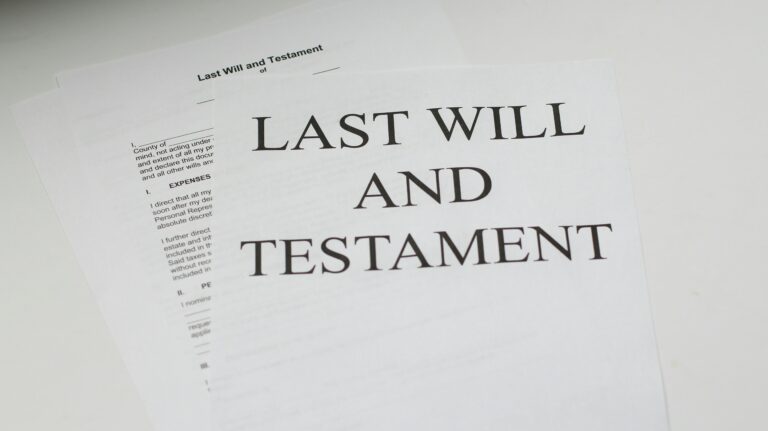
Why Consider Long-Term Care Insurance?
Planning for the future is essential to protecting your health and well-being. Your medical expenses grow as you age, and you’ll likely have to bear long-term care expenses. These costs can be too steep for many to bear, which is where long-term care insurance (LTCI) comes into play.
What Is Long-Term Care Insurance?
Long-term care insurance is coverage that helps pay for the cost of long-term care services, such as in-home care, assisted living, memory care and nursing home stays.
As we age, most people eventually need assistance with daily activities, like bathing or dressing. When we reach this point, long-term care is vital to maintaining our well-being and quality of life. However, federal health insurance programs often fall short, and then you have to pay from your savings. According to the National Council on Aging (NCOA), LTCI is invaluable to cover the costs of long-term care.
Why Is Long-Term Care Insurance Important?
As we age, the likelihood of needing assistance with daily activities increases. Whether you stay home or move into a care facility, the costs can add up quickly. Long-term care insurance helps cover these expenses, ensuring that you receive the necessary care without depleting your savings.
What Does Long-Term Care Insurance Cover?
Depending on your policy, long-term care insurance can cover various services, including:
- Personal care
- Adult day service centers
- Assisted living facilities
- Memory care facilities
- Nursing homes
- Respite care
These services ensure that you can maintain a good quality of life, even when you need day-to-day help.
How Do You Get Long-Term Care Insurance Benefits?
To receive benefits from your long-term care insurance, you need to file a claim with your insurance company. A nurse or social worker then evaluates your cognitive abilities and ability to perform daily activities. If you meet the criteria, your insurance company will approve a care plan and begin paying benefits after an elimination period. This period typically ranges from one to three months.
When Should You Get Long-Term Care Insurance?
It’s recommended that you purchase long-term care insurance between the ages of 50 and 65. The earlier you buy, the lower your premiums will be and the better your chances of qualifying for a policy. Waiting too long or having existing health issues may result in higher premiums or denial of coverage.
How Much Does Long-Term Care Insurance Cost?
The cost of long-term care insurance varies depending on several factors, including age, health, gender, marital status and the level of coverage.
For example, a healthy 55-year-old man might pay around $900 annually for a $165,000 policy. On the other hand, a healthy 55-year-old woman could pay about $1,500 for the same coverage due to women’s longer life expectancy and higher likelihood of needing long-term care services. These prices are only examples; you’ll need to look into LTCI personally for an accurate quote.
Where Can You Get Long-Term Care Insurance?
There are several options for obtaining long-term care insurance:
- Insurance Agents and Brokers: Licensed professionals who can help you find and compare policies.
- Employer Benefits: Some employers offer group long-term care insurance at lower rates.
- Government Programs: Federal employees can access the Federal Long Term Care Insurance Program.
- State Partnerships: Some states offer partnership programs with private insurers for additional benefits.
- Life Insurance Policies: Some life insurance plans include long-term care coverage.
Find Out More about Long-Term Care Insurance
Planning for long-term care is an essential part of your estate planning. Long-term care insurance can protect your savings, ensure quality care and secure your peace of mind. However, remember that once you need LTCI, it’s already too late.
Enrolling in a long-term care insurance plan sooner rather than later secures the coverage you need. If you’re unsure where to get started, you’re in the right place. Contact our office today to schedule a free consultation and find the right LTCI option for you.
Key Takeaways:
- Financial Security: Long-term care insurance helps cover the high costs of long-term care services, protecting your savings and assets.
- Secure Your Peace of Mind: LTCI provides assurance that you and your loved ones will receive necessary care without financial strain.
- Timely Planning is Essential: Purchasing at a younger age can result in lower premiums and better chances of qualification.
- Customized Plans: You can tailor your LTCI coverage to fit your individual needs and circumstances.
Reference: National Council on Aging (NCOA) (Apr. 30, 2024) “What Is Long-Term Care Insurance?”









